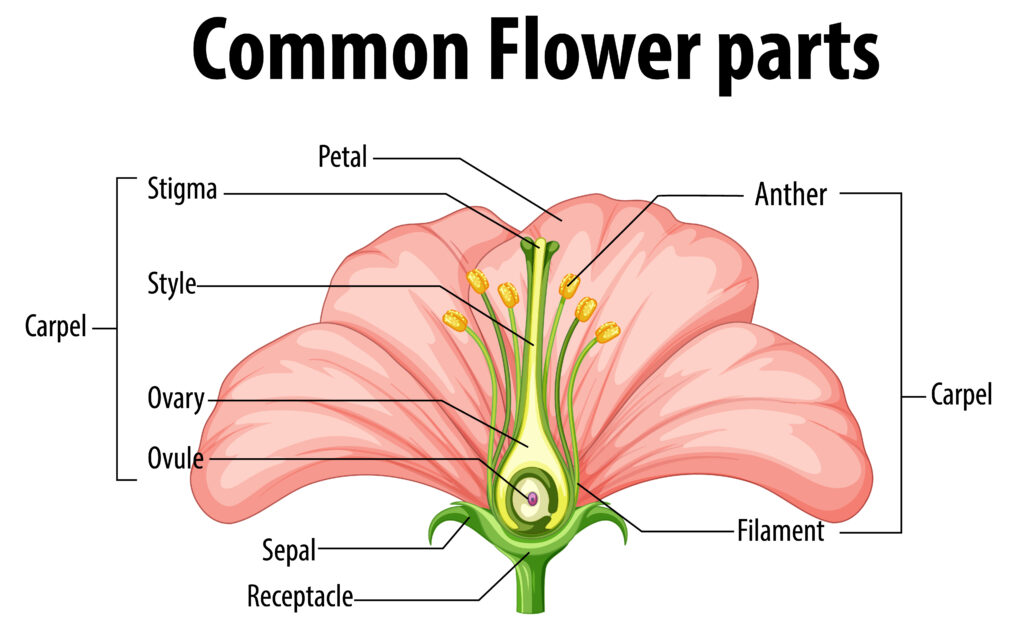Biology Lab: Monohybrid Cross
Explore the fascinating world of genetics and heredity through monohybrid crosses. Understand how traits are passed from parents to offspring and predict genetic outcomes using Punnett squares.
Help & Instructions
▼- Punnett Square: Complete the Punnett square for the given genetic cross
- Inheritance Patterns: Calculate the genotypic and phenotypic ratios
- Use the hint button if you need help with genetic concepts
- Try different trait combinations to understand various inheritance patterns
- Understand Mendel's laws of inheritance
- Learn how to use Punnett squares for genetic predictions
- Calculate genotypic and phenotypic ratios
- Differentiate between dominant and recessive traits
Punnett Square: Complete the Genetic Cross
Fill in the Punnett square for this monohybrid cross and predict the offspring genotypes.
Inheritance Patterns: Calculate Ratios
Based on the completed Punnett square, calculate the genotypic and phenotypic ratios.
A monohybrid cross involves the study of inheritance patterns for a single trait. Gregor Mendel's experiments with pea plants established the fundamental principles of genetics, including the law of segregation and the law of independent assortment. Punnett squares are visual tools used to predict the probability of different genotypes in offspring.
The Science of Heredity and Evolution
Mendel's Laws form the foundation of classical genetics:
- Law of Segregation: During gamete formation, alleles separate so that each gamete carries only one allele for each gene
- Law of Independent Assortment: Genes for different traits assort independently of one another during gamete formation
- Dominance: Some alleles are dominant and mask the expression of recessive alleles
Understanding key terms is essential for genetics:
- Gene: Unit of heredity that codes for a specific trait
- Allele: Different forms of a gene
- Genotype: Genetic makeup of an organism (e.g., RR, Rr, rr)
- Phenotype: Observable characteristics (e.g., round seeds, wrinkled seeds)
- Homozygous: Having two identical alleles for a trait
- Heterozygous: Having two different alleles for a trait
| Trait | Dominant Form | Recessive Form |
|---|---|---|
| Seed Shape | Round (R) | Wrinkled (r) |
| Seed Color | Yellow (Y) | Green (y) |
| Flower Color | Purple (P) | White (p) |
| Pod Shape | Inflated (I) | Constricted (i) |
| Plant Height | Tall (T) | Short (t) |
| Parent Cross | Genotypic Ratio | Phenotypic Ratio |
|---|---|---|
| Homozygous × Homozygous | All identical | All identical |
| Heterozygous × Heterozygous | 1:2:1 | 3:1 |
| Heterozygous × Homozygous Recessive | 1:1 | 1:1 |



